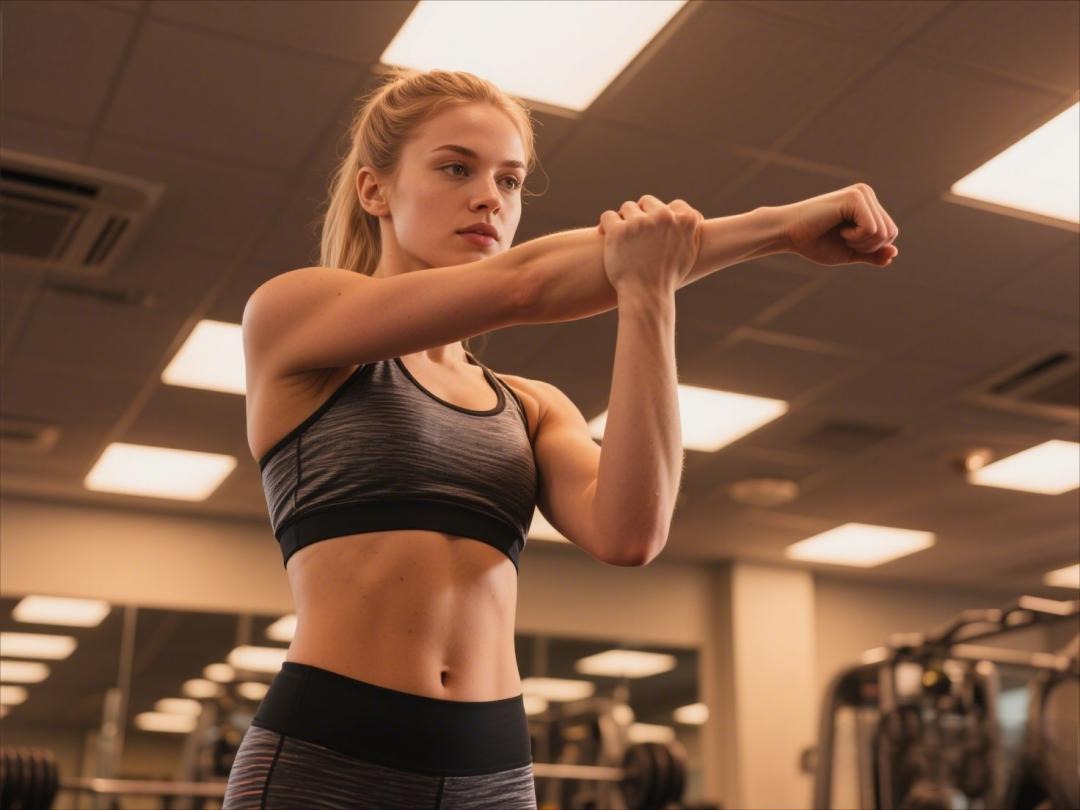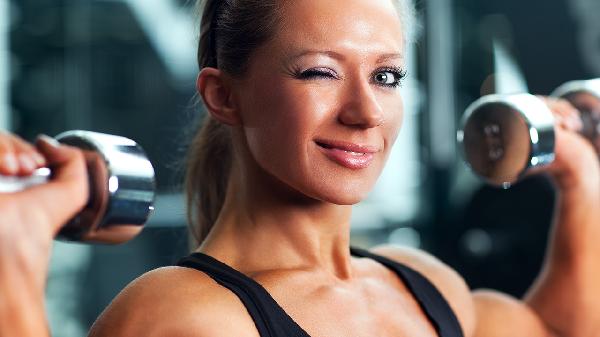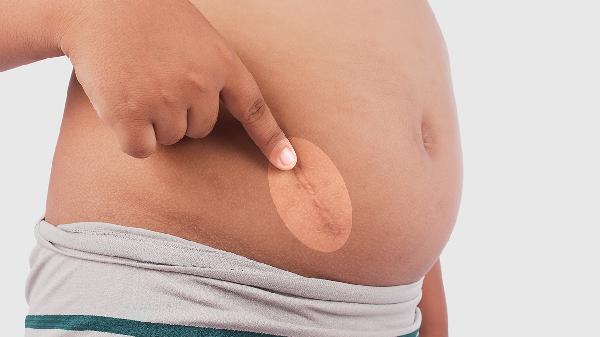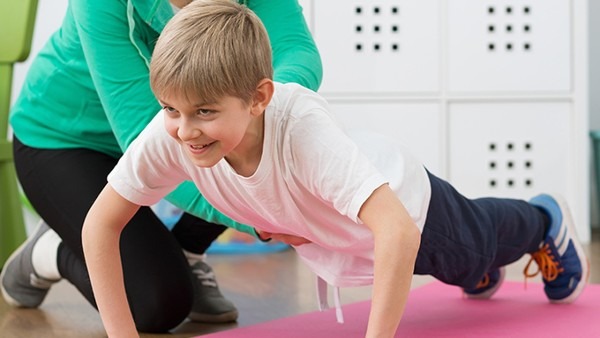You don’t need a fancy studio membership or a pricey reformer machine to get a killer Pilates workout—your living room and a blank wall will do just fine. Wall Pilates is the ultimate hack for anyone looking to build strength, improve flexibility, and boost stability without the hassle (or cost) of studio classes. And the best part? You can do it in your pajamas if you want. No judgment here.
Why Wall Pilates is a Game-Changer
Wall Pilates takes the principles of traditional mat Pilates and cranks them up a notch by incorporating—you guessed it—a wall. This simple addition transforms basic moves into resistance-based exercises that engage your muscles in new ways. The wall acts like a prop, helping you maintain alignment while also challenging your balance and control. Plus, since your legs are often elevated, you get the added bonus of improved circulation and reduced swelling—perfect for anyone who spends too much time sitting at a desk.
Certified Pilates instructor Callie Jardine explains, "The wall mimics the foot bar of a reformer machine, so you’re essentially getting a reformer-style workout without the machine." That means deeper muscle engagement, better posture support, and a serious burn without jumping around or slamming your joints. If you’ve ever felt like traditional mat Pilates wasn’t challenging enough, wall Pilates might be your new best friend.
What to Expect from a 15-Minute Wall Pilates Session
Don’t let the short timeframe fool you—this workout packs a punch. Jardine’s 15-minute routine is designed to fire up your core, sculpt your legs, and even sneak in some upper-body work, all while keeping things low-impact. The sequence includes five key exercises, each targeting different muscle groups, and you’ll cycle through them for maximum efficiency. Since it’s a circuit-style workout, you can easily adjust the intensity by adding more rounds or slowing down your movements for extra control.
Jardine emphasizes that modifications are totally welcome. "If something feels too intense, take a breather or adjust your position. The goal is to move mindfully, not push through pain." Whether you’re a Pilates newbie or a seasoned pro, this routine is adaptable enough to meet you where you are.
The Moves: Breaking Down the 15-Minute Routine
Here’s a sneak peek at the five exercises you’ll tackle in Jardine’s wall Pilates session. Each one is designed to work multiple muscle groups at once, so you’re getting serious bang for your buck.
1. Wall-Assisted Roll-Ups: These are like the classic Pilates roll-up, but with your feet pressed against the wall for extra support. They’re killer for spinal mobility and core strength.
2. Wall Bridges: A glute-burning variation of the standard bridge, this move helps activate your hamstrings and lower back while keeping your hips stable.
3. Wall-Assisted Leg Circles: If you’ve ever struggled with leg circles on the mat, the wall version is a game-changer. It helps with hip mobility and control while keeping your lower back protected.
4. Wall Plank Holds: Forget wobbly planks—pressing your feet into the wall adds stability while still torching your abs and shoulders.
5. Wall-Assisted Side Leg Lifts: These target your outer thighs and glutes, helping to build strength and stability in your hips.
Once you’ve nailed the form for each exercise, Jardine recommends running through the circuit two to three times for a full-body burn. And if you’re feeling extra ambitious? Slow down your reps and really focus on control—that’s where the magic happens.
How to Make the Most of Your Wall Pilates Practice
To get the best results from wall Pilates, consistency is key. Aim for at least two to three sessions per week to see improvements in strength, flexibility, and posture. Since the workout is low-impact, it’s also a great option for active recovery days or as a supplement to more intense training.
Jardine also suggests pairing wall Pilates with deep breathing exercises to enhance the mind-body connection. "Pilates is all about precision and control, so don’t rush through the movements. The slower you go, the more you’ll feel it." And if you start to notice imbalances—like one side feeling stronger than the other—that’s totally normal. Just focus on evening things out over time.
So, roll out your mat, find a sturdy wall, and get ready to feel the burn. Whether you’re squeezing in a quick session before work or winding down with some evening movement, wall Pilates is the no-fuss, high-reward workout you’ve been waiting for.
























